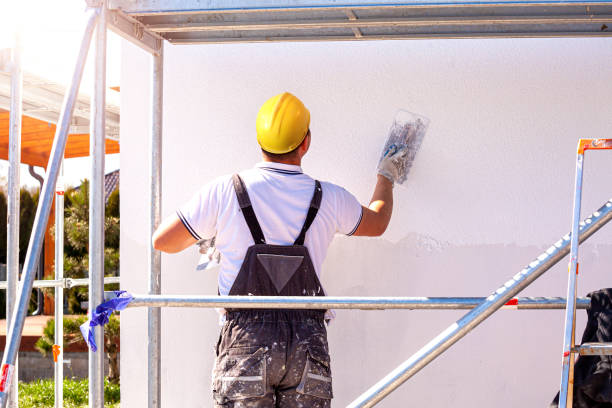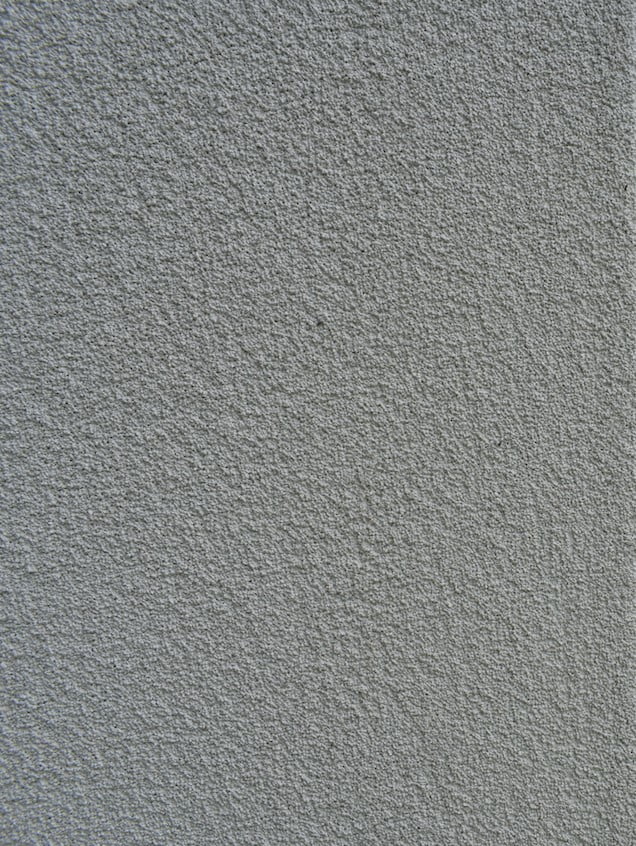Free Call Now

The art of applying render to buildings is something that has been around for more than 2,000 years. The Romans were experts at this, using it to great effect in many of their structures, some of which still survive to this day.
These days we are fortunate to be able to combine those tried and tested methods and materials with modern innovation, resulting in products such as acrylic renders, which is what we will be focusing on here.
House rendering is an excellent and cost-effective way of transforming the exterior of your home, as we shall explain later, but you need to discover which one is best suited to your property as there are several options available.
We'll take a look at why you might want to render your home, then explain what acrylic render is and why it might be the best choice for your project.

Aside from covering ugly blockwork or bricks, it can provide a protective barrier against the elements. Direct sunlight, strong wind, ice and rain are waging a constant battle against your external walls, causing damage and discolouration. The surface begins to look tired and stained over time, with visible cracks and chips. Ice and moisture can make their way in, forcing open the cracks and contributing to damage within the property, such as damp and mould.
Older properties can really benefit from having a render applied, but new builds can also take advantage of the beautiful range of finishes it provides. In both cases, rendering can dramatically increase the kerb appeal and the value of your property.
But the good news doesn't end there! Modern renders possess effective thermal insulation properties, working together with any existing insulation to provide better efficiency, saving you money on your energy bills.
Finally, the simple fact that it just looks fantastic is reason enough to choose a render for your home. There are many different types of finish to choose from, including a textured finish or a decorative finish. Renders can be applied over a variety of substrate surfaces, such as bricks, blockwork and masonry, and can be combined with other materials to bring a modern feel.
Traditional cement renders have been used for many decades, with good results and a pleasant looking finish. However, in more recent years, acrylic (a type of plastic) has been added to increase the strength and flexibility of the mixture. This makes it much less prone to cracking due to any structural shifting or extremes of weather.
It is easy to apply, and because this can be done using a variety of methods it allows for a wide range of textures and finishes. It is supplied wet and premixed and can be applied by trowel, sprayed, or even rolled on, generally in two coats.
Note: although easy to apply, it is always wise to use a professional to achieve the best possible finish.
The last thing you need is trowel marks and other imperfections spoiling the look of your beautiful, newly-rendered walls!


We've mentioned a few of the advantages of using acrylic render, but now let's look at these in more detail:
The benefits of these amazing products are clear, so why not transform your family home or enhance that house-building project with a long-lasting and durable coloured render?